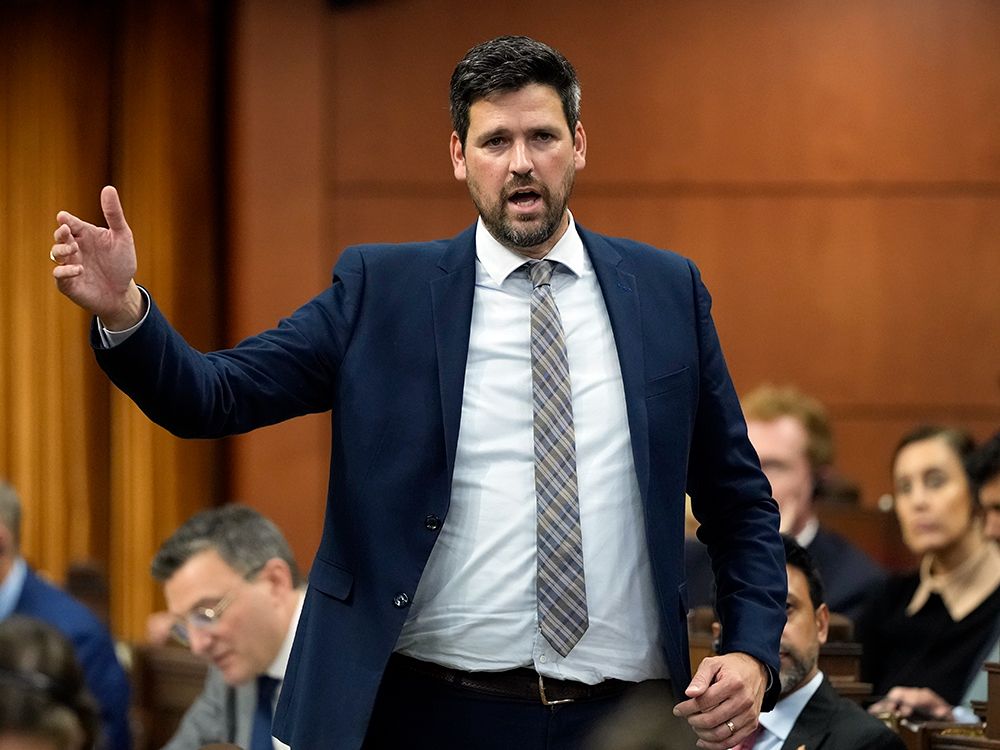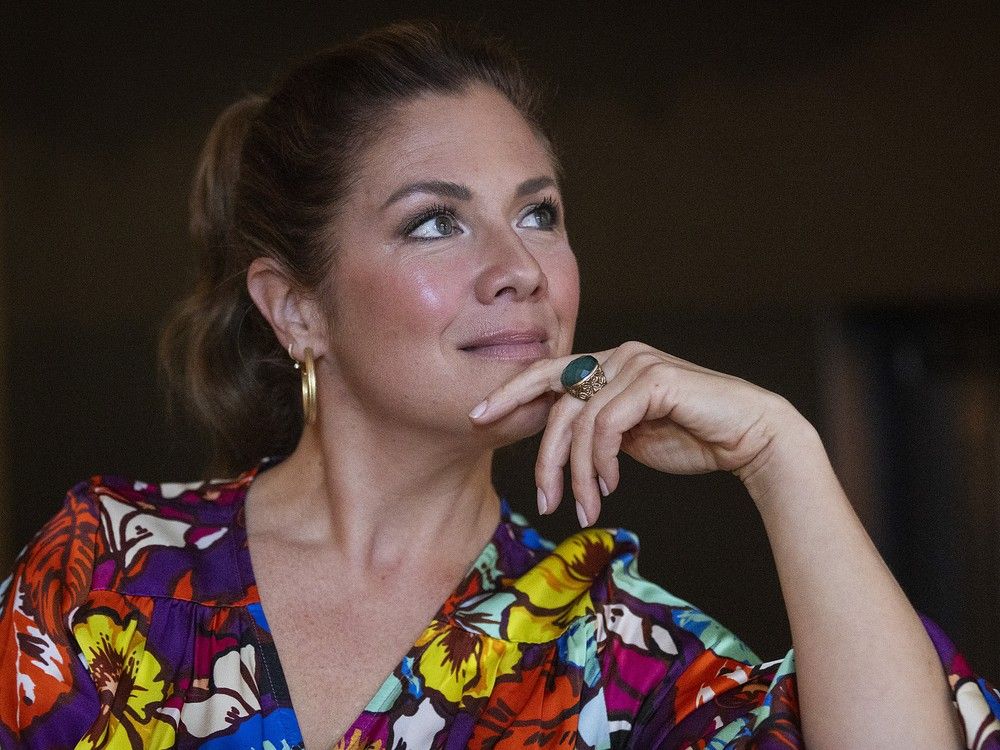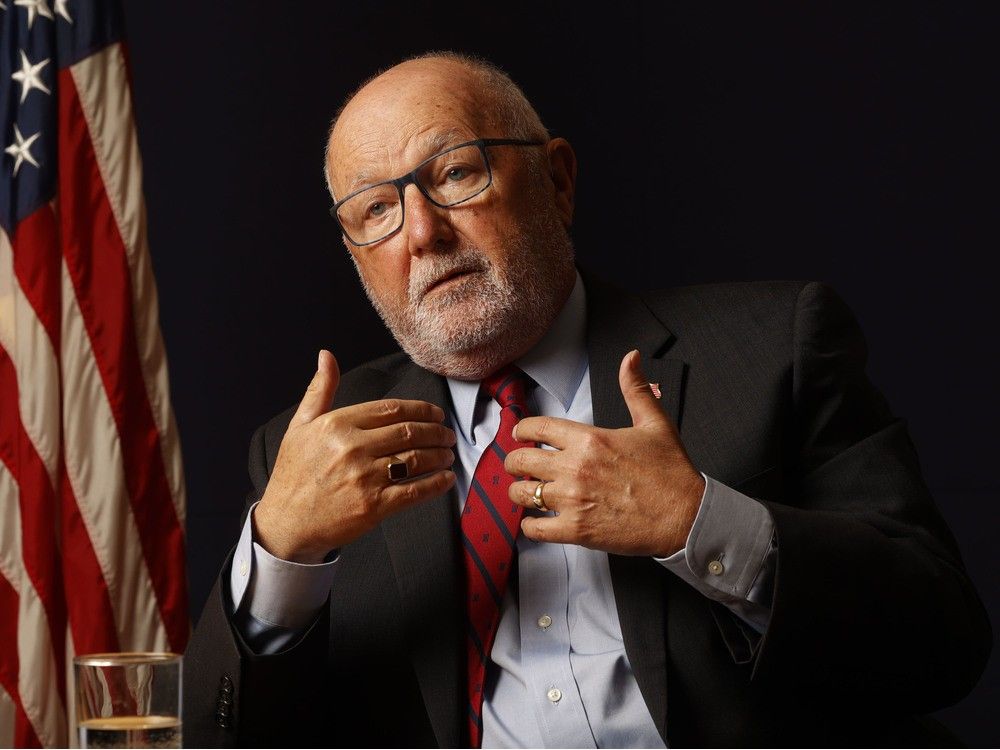
A Nunavut judge knocked nearly two years off the sentence for an Inuit man convicted of trying to choke a woman to death because she stood up for his abused sister-in-law, citing his Indigenous status, mental illness and the fact that a shorter sentence would not require him to leave Canada’s northernmost territory to serve the remainder of his time behind bars.
Laimiki Toonoo was sentenced in the Nunavut Court of Justice to eight years and two months in prison for the attempted murder of Ovilu Saila.
“Given that this case involved a conviction after trial, the Crown submission of 10-12 years was reasonable and appropriate. Indeed, I would have imposed a sentence of 10 years if it was not for the mitigating factors of Laimiki’s major mental illness, his significant Gladue factors, and the fact that a territorial term going forward was within the range of sentence given his lengthy pre-trial custody, and that that form of sentence made a lengthy probation order available,” Justice Christian Lyons wrote in a recent decision out of Iqaluit.
Gladue principles were set out in a Supreme Court of Canada decision over a quarter century back and indicate sentencing judges must consider the unique circumstances of Indigenous offenders, as well as systemic issues like the impact of residential schools, to address the over-representation of Indigenous people in Canada’s prisons.
“Laimiki’s assault on Ovilu was unprovoked, and senseless. In a cowardly display, Laimiki and his brother, Archie, two grown men under the influence of alcohol, attacked a sober Ovilu because she stood up for Archie’s spouse after Archie became abusive towards her,” Lyons said.
“The attack was lengthy and persistent and took place in the presence of Archie’s spouse and their four young children.”
The court heard that Laimiki “choked Ovilu for many minutes and managed to do so despite a spirited effort from Ovilu to defend herself,” said the decision, dated Dec. 3.
“Ovilu eventually became unconscious due to the choking and Laimiki continued choking her with the intent to kill her. While he did this, Archie told Laimiki to stop, but Laimiki said he would not, because Ovilu was not dead yet, and was still breathing.”
Laimiki then told his brother they “could hang Ovilu, and Archie again told him to stop. There was further discussion between Archie and Laimiki about hanging Ovilu, and Laimiki said they could hang Ovilu and pretend that she hung herself,” said the decision.
“Laimiki then tied a phone charger cord tightly around Ovilu’s neck and then tied a scarf to the cord. The purpose of this was to attach something long enough to her neck so she could be hung from a heavy bolt embedded in a wooden beam above her head. He then applied sufficient force to the cord to snap it. Whether or not she was actually hung is unknown.”
Ovilu “regained consciousness sometime after the cord snapped and Laimiki continued to attempt to assault her as Archie was on the phone with the police reporting that a woman was hanging,” said the decision.
“Laimiki then fled, and Ovilu was able to escape the home, and went immediately to the RCMP detachment with the cord still tied tightly to her neck.”
The 2021 attack in Kinngait, a Dorset Island hamlet, left Ovilu with “significant swelling and bruising to her face, a cord indentation around her neck, and redness and scratches to her neck area,” said the decision. “It also had a deep emotional impact on her.”
Laimiki Toonoo has a criminal record with 14 convictions spanning from 2017-2021, said the decision, which notes three are for violent offences.
“This is a significant criminal record for a man who was only 23 years old when he went into custody for the attack on Ovilu, and it spans his entire adult life up until that point,” Lyons said. “I further note that in 2023, a year and a half after being incarcerated, he was released on bail, only to be arrested 12 days later on new, unrelated charges, and remanded back into custody.”
Laimiki Toonoo “has experienced significant trauma and loss, and has had a difficult life,” said the judge.
“He has a long-standing diagnosis of post-traumatic stress disorder, which is the result of what was described in the records, as a ‘chaotic childhood,’” said the judge.
“His father died when he was eight years old, and it is clear that this has had a significant impact on Laimiki.”
After his father died, Laimiki told the court he was on his own. He “called himself an ‘abandoned kid,’ staying variously with his mother and at friend’s homes,” said the decision.
One of his brothers died by suicide and another drowned, said the decision.
“Laimiki is an Indigenous man, and these life experiences are significant Gladue factors that are mitigating on sentence,” said the judge.
Laimiki Toonoo sometimes experiences “auditory hallucinations” that “urge him to harm others,” said the decision. “A month after his attempted murder of Ovilu, Laimiki broke his hand punching another inmate, and it was said that he did so in response to an auditory command hallucination.”
Since attacking another inmate in 2021, “Laimiki has been stabilized in custody, as he has been medicated and kept free from alcohol and illicit drug use,” said the decision.
Laimiki has been in custody since the attempted murder, “save for the 12 days he was released on bail in 2023, and therefore has credit for more than four years in jail,” Lyons said.
His defence lawyer asked for a six-year sentence, which would have worked out to time served when the enhanced credit for pre-sentence custody was taken into account.
The Crown argued that “given the aggravating factors, and Laimiki’s high risk of reoffending, that a penitentiary term going forward is necessary. They argue that such a sentence would more effectively protect the public from Laimiki as he would be separated from society for a longer period, and more likely to be rehabilitated.”
But the remainder of his sentence is two years less a day, which allows him to serve it in Nunavut.
“The imposition of a territorial sentence allows me to put Mr. Toonoo on a lengthy probation order following his release, that requires him to meet with mental health workers, and psychiatrists, and to not drink alcohol or consume illicit drugs,” Lyons said. “This would not be an available option to me if I were to impose a further federal sentence of two years or more.”
He’s getting “effective treatment for his mental illness and has a level of comfort there,” the judge said of the Iqaluit jail.
“He reported feeling more alive in custody, and that he has learned to respect others. He is surrounded by other Inuit, and is much closer to home, and has access to programs.”
Toonoo’s brother, Archie, was sentenced to two years of probation last month for his role in the attack.
Our website is the place for the latest breaking news, exclusive scoops, longreads and provocative commentary. Please bookmark nationalpost.com and sign up for our daily newsletter, Posted, here.















